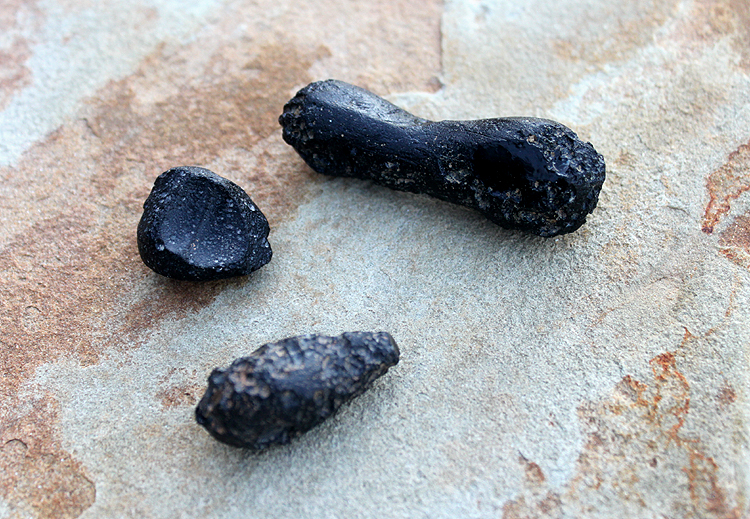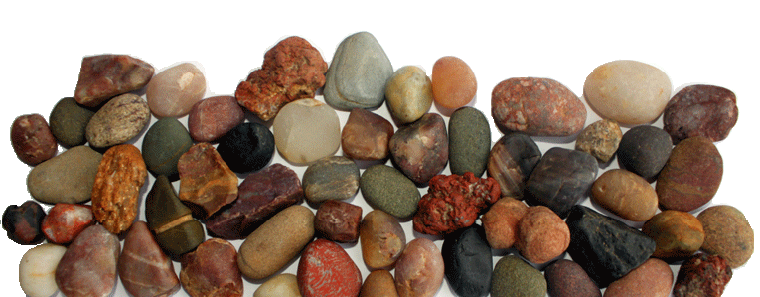 |
|
|
| , | ||||
 Tektites (from Greek which most scientists argue were formed by the impact of large meteorites on Earth's surface. Tektites are typically black or olive-green, and their shape varies from rounded to irregular. Tektites are among the "driest" rocks, with an average water content of 0.005%. This is very unusual, as most if not all of the craters where tektites may have formed were underwater before impact. Also, partially melted zircons have been discovered inside a handful of tektites. This, along with the water content, suggests that the tektites were formed under phenomenal temperature and pressure not normally found on the surface of the Earth. The terrestrial-impact theory states that a meteorite impact melts material from the Earth's surface and catapults it up to several hundred kilometers away from the impact site, which means that it must have travelled through space (thus explaining the dryness). The molten material cools and solidifies to glass. According to this theory, a meteorite impact causes their formation, but the precursor material of tektites is primarily of terrestrial origin, as determined from isotopic measurements. Today, the terrestrial origin of tektites is widely accepted based on the results of many geochemical and isotopic studies. The impact theory relies on the observation that tektites cannot be found in most places on Earth's surface. They are only found in four “strewnfields,” three of which are associated with known impact craters. Only the largest and geologically youngest tektite deposit in Southeast Asia, called the Australasian strewnfield, has not been definitively linked to an impact site, probably because even very large impact structures are often not easy to detect. For example, since the Chesapeake Bay impact crater (today the largest known impact structure of the United States and associated with the North American tektite strewnfield) is covered by sediments, it was not detected until the early 1990s. The Age of Tektikes range from 800,00 years for the Ausralasian strewnfiled, 1 million years for those found in the Ivory Coast strewnfield, 15 million years in the European strewnfield, and 34 million years for those from the Chesapeake Bay strewnfield. (source: Wikipedia) Photos by Michael Marcotte  Return to List Back to Michael's Hobbies page Back to Michael Marcotte's HomePage 
|
||||